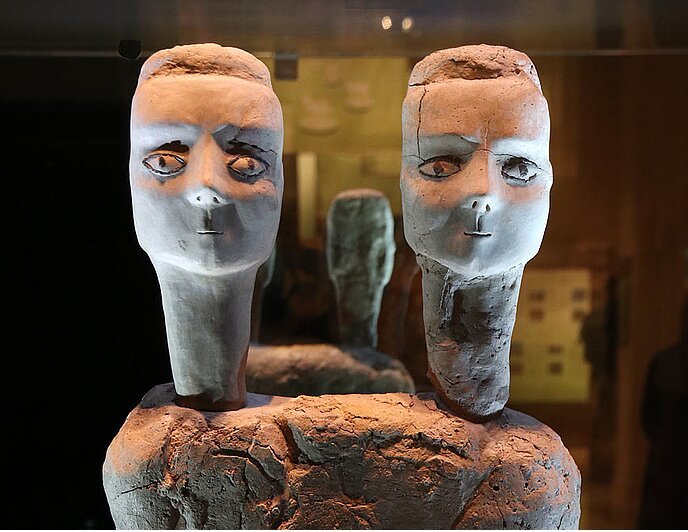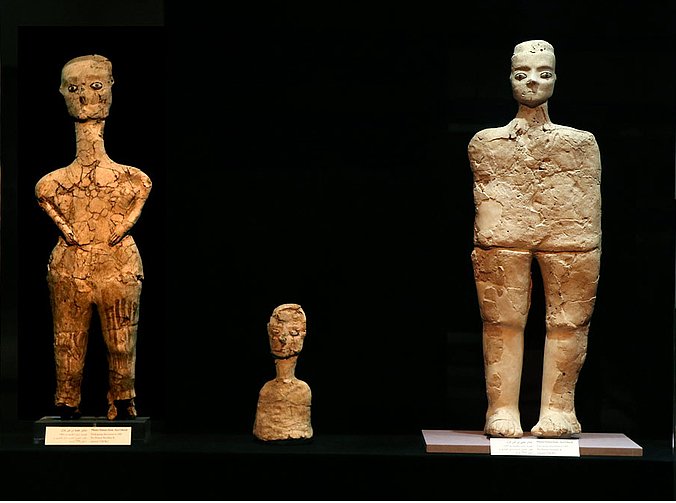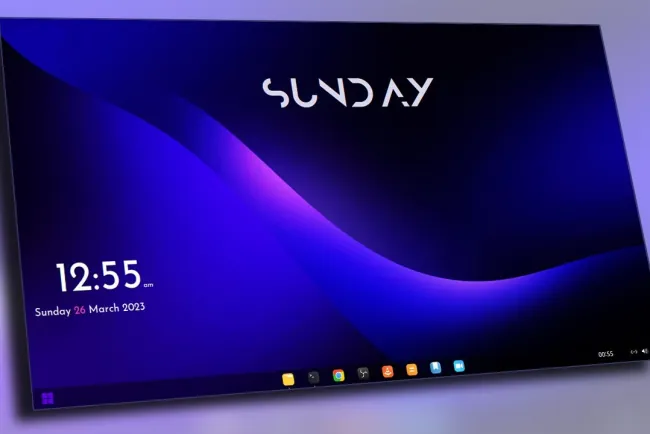The mystery of the Ain Ghazal statues that Google celebrates today
Statues of Ain Ghazal. The global search engine Google celebrates these statues by changing its logo to another innovative one in the “Doodle” style, which shows the celebration of the statues of Ain Ghazal.


This innovative logo change is visible to users in Arab countries such as Egypt, Saudi Arabia, Morocco, Algeria, Libya, Oman, and also in Ireland.
The Ain Ghazal statues are considered important monuments that reflect ancient civilizations in the region, and were discovered in Jordan in 1983. The Ain Ghazal statues date back to the Paleolithic era and represent abstract human figures made of clay.
Regarding the story of its discovery, excavations at the Neolithic site of Ain Ghazal in Amman, in 1983 and 1985, revealed 32 human statues in two groups, which were deposited in two different parts, 200 years apart: approximately. 6700 BC. And 6500 BC.
According to the official website of the Jordan Museum, the statues of both groups were found neatly lined up inside two pits dug specifically for their deposition, buried under the floors of long-abandoned houses, and their general direction was east-west, with one exception.
The statues of Ain Ghazal were formed on top of a reed skeleton covered with plaster. The bodies are flat, indicating that they were made on a flat surface. The heads were highlighted and the eyes were painted with pitch brought from the Dead Sea.
However, the exact relationship between the statues is not clear. They may have represented ancestors because of their burial method, which was similar to that of dead humans. Instead, they may have been mythological figures, responsible for life and fertility.
Google shows a keen interest in the region's cultural heritage, introducing innovative logos to celebrate notable events and figures around the world.
Google Doodle is a unique way for Google to showcase this heritage and make it available to millions of users.
In addition, Google Doodle contributes to spreading awareness and knowledge about events and personalities that may not be widely known.
By using an innovative logo that celebrates the statues of Ain Ghazal, Google confirms its effective role in promoting cultural awareness and communicating important messages to the public.
What's Your Reaction?






















